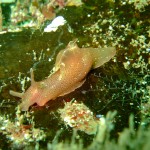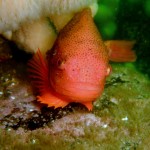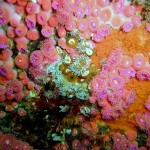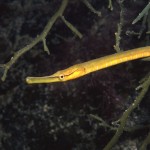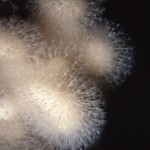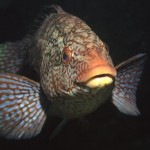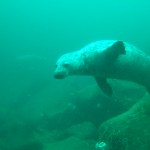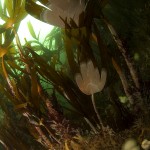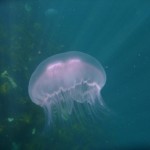
The wolf fish (Anarhichas lupus) is a deep water species that normally lives at depths of 60 – 300m. It is found in waters all around the UK at depths greater than 100m, but in the cold waters of the St Abbs and Eyemouth coast it can live as shallow as 12m making it a [...]
